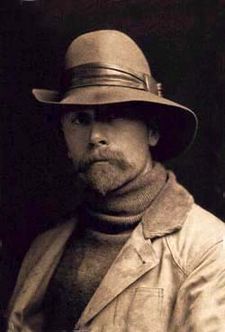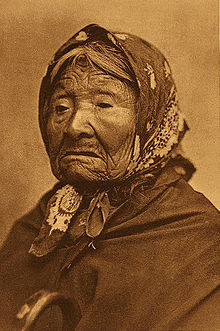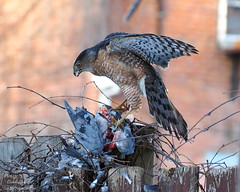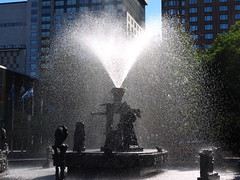
The anthropological vision of Edward Curtis
Edward Sheriff Curtis, born in 1868 is an American photographer and ethnologist. His anthropological work on the Amerindian peoples of the American West has left photographs, written documents and sound recordings of Indian songs. He has produced a large photographic inventory of more than 80 Amerindians tribes.

Edward Curtis, 1868 – 1952
Photographer and ethnologist
At 17 years old, he became an apprentice photographer in St-Paul, Minnesota. Two years later, his family moved to Seattle and he becomes a partner in a photo studio.
In 1895, Curtis met in his studio Princess Angeline (1820 – 1896), the daughter of the grand chief Sealth of Seattle, en encounter that allowed him to produce his first portrait of an Indian .

Princess Angeline
In 1898, 3 images are chosen for an exhibition of the National Photographic Society (including 2 photos of Princess Angeline). He succeeded in taking home the exhibition’s Grand Price.
In 1898, Curtis met some scientists during an expedition on Mount Rainier who were expert of the Amerindian culture. He was appointed as the official photographer for the Alaska Harriman Expedition in 1899.
In 1906, JP Morgan offered a financial support of $75,000 in value to produce a series of images of Amerindians, to create a collection of 20 volumes, for a total of 1,500 photos. The financial support was paid over a period of 5 years and must solely be allocated for field work , excluding his salary.
With these funds, it hired a team of experts, including the anthropologist Frederic Webb Hodger, of Smithsonian Museum.
In total, 222 series have been published. While Curtis was the photographer, he also documented the disappearing lifestyle of the Amerindians and wrote the introductions for these books. He also produced 10,000 rolls of wax to record the languages and the music of the peoples that were slowly facing extinction. He has produced a total of 40,000 photos from 80 different tribes.
He described the tribal practices, their history, their food, housing, clothing, ceremonies, games and funeral practices. He has written biographies of tribal chiefs.
With the emergence of new cinematographic techniques, he has produced films illustrating the life of the tribes. This abundant material usually remained one a kind.
In 1935, the Morgan Estates sold all the rights of all non-published material of Curtis for a sum of $1,000 plus royalties. This sale includes 19 collections of images, thousands of paper impressions, the copper plates and the original negatives. The majority of the equipment remained untouched and was rediscovered in 1972 in a basement in Boston.
He died in 1952, to the ignorance of the general public. At the beginning of the 1970s, there is a resurgence of interest in his work. Several exhibitions of and anthologies of the Amerindians, in harmony with the awakening of the Amerindian cultures.
References, Edward Curtis
Smithsonian Museum The epic project of Edward Curtis to photograph the Amerindians
Northwestern Unversity Curtis Project
PBS Shadow Catcher
Portland Museum The heritage of Edward Curtis


















No Comments